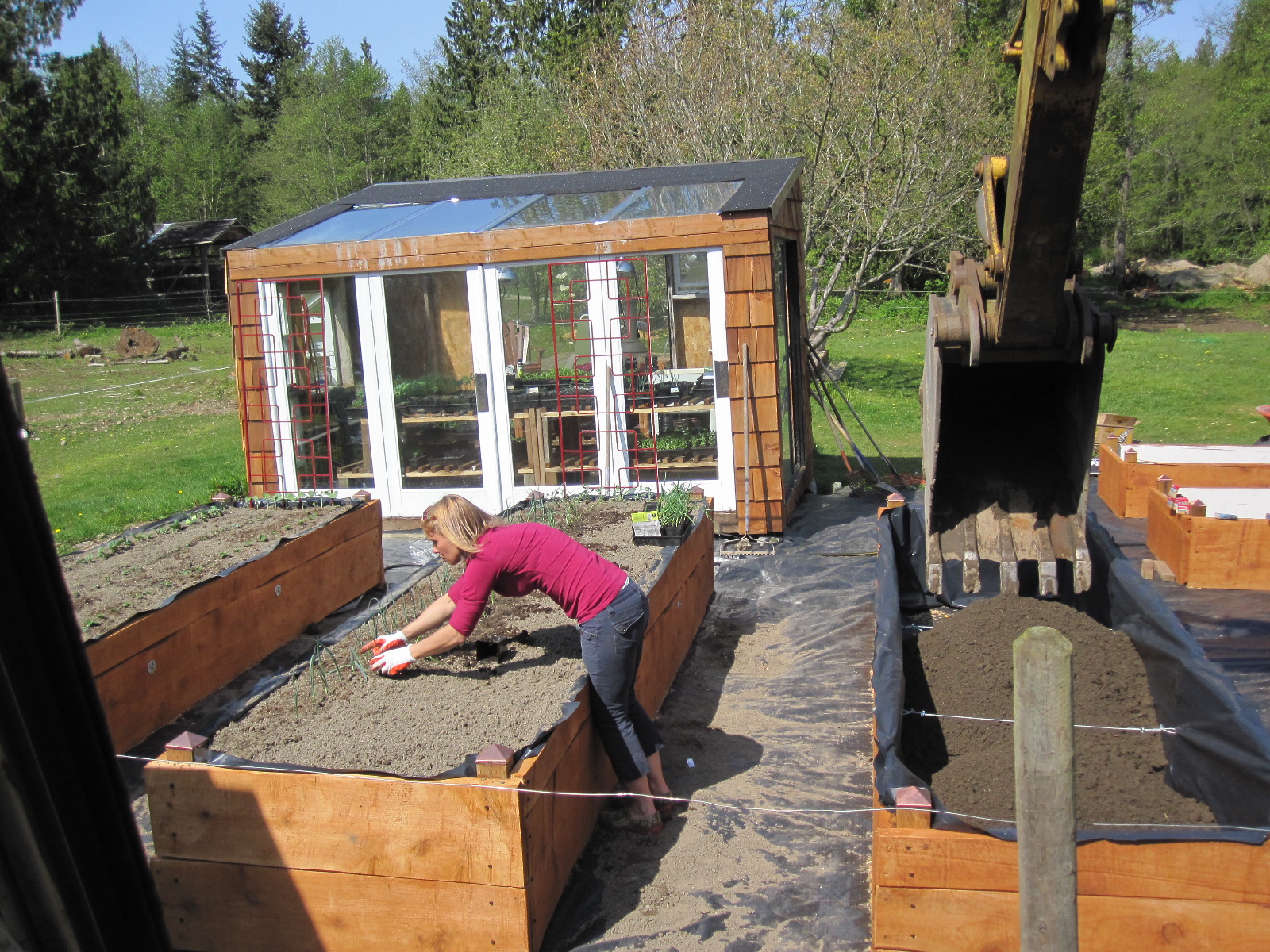Compared to many other hobbies...it's dirt cheap.
Fishing/hunting..boats..ANYTHING with wheels...all way easier to blow big amounts of money on.
100% agree with above, but have to add my most expensive hobby ever was my Ex-wife. Cost me thousands and thousands; all my home brewing/cider/mead/winemaking expenditures are a pittance compared to dealing with an EX. Ok, I'm being sarcastic, an Ex isn't a legitimate hobby, but it just if you look at where big money goes down the drain, homebrewing is chump change in comparison.
For the OP: some people feel they need an expensive brewing "rig", but you can brew great beer with a minimum of equipment. Your beer will greatly improve by pitching an adequate amount of yeast, fermentation control, a kegging set up the good recipes/ingredients.
You can use the Mr. Beer Fermenters, since you have 2, just multiply the existing 5 gallon recipes x .75 and make 3.75 gallon batches. Having a pot larger than 4 gallons would be nice.
If you don't want to upgrade to a larger kettle, my first expenditure would be a 5 gallon plastic carboy and an airlock/stopper. shoot for 3 gallon batches, that will work fine for your 4 gallon pot. The next upgrade would be a 5 gallon round cooler, about $20 from Walmart. Rig up a spigot and put a BIAB bag (about $8) in there and you have good mashing equipment.
So your next up grade would be temperature control. A small chest freezer and a controller is what you want, but for years I used a cardboard box lined with insulation board, kept cold with frozen 1-2 liter water bottles. You have to play around with it, but you can make that work for very little investment. An auto siphon costs about $10, I replace the tubing every 6 months or so.
Bottling is a tiresome chore, so eventually you'll want some corny kegs (about $50) and a spare refrigerator to hold them. You'll also need a regulator, Co2 tank, hoses and fittings, and all those things add up, but the amount of time saved is well worth it. You can spend a lot on kegging, but I just use a picnic tap, put the keg and Co2 bottle in an old 'fridge, and it works fine.
Keep an eye on your local craigslist, there's used brewing stuff available all the time.
Be aware of prices, some people try to get sell on craigslist for more than it costs to just order it on line.
Brew with the water you have and see how it comes out. If your water tastes ok right out of the tap, it should be fine. My well water has lots of Iron/Sulfur, so I use distilled water built up with added minerals for IPA's and water from my spring for other beers. Manipulating your water is somewhat advanced and not really worth worrying about until you have experience in many other areas of brewing. If your water isn't suitable, just use bottled spring water. When I make lagers, I'll use a 50/50 mix of spring and distilled water.
Get some extra food grade buckets, they come in handy for all your brewing tasks. I have one dedicated bucket for star-san sanitizer and use the same solution several times before It gets dumped.
If you haven't read the free on line book "how to brew" by John Palmer, I'd get stated on that ASAP. Good luck and happy brewing.

























![Craft A Brew - Safale BE-256 Yeast - Fermentis - Belgian Ale Dry Yeast - For Belgian & Strong Ales - Ingredients for Home Brewing - Beer Making Supplies - [3 Pack]](https://m.media-amazon.com/images/I/51bcKEwQmWL._SL500_.jpg)

































 maybe I need to follow my own advice.
maybe I need to follow my own advice.